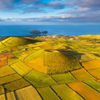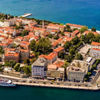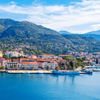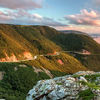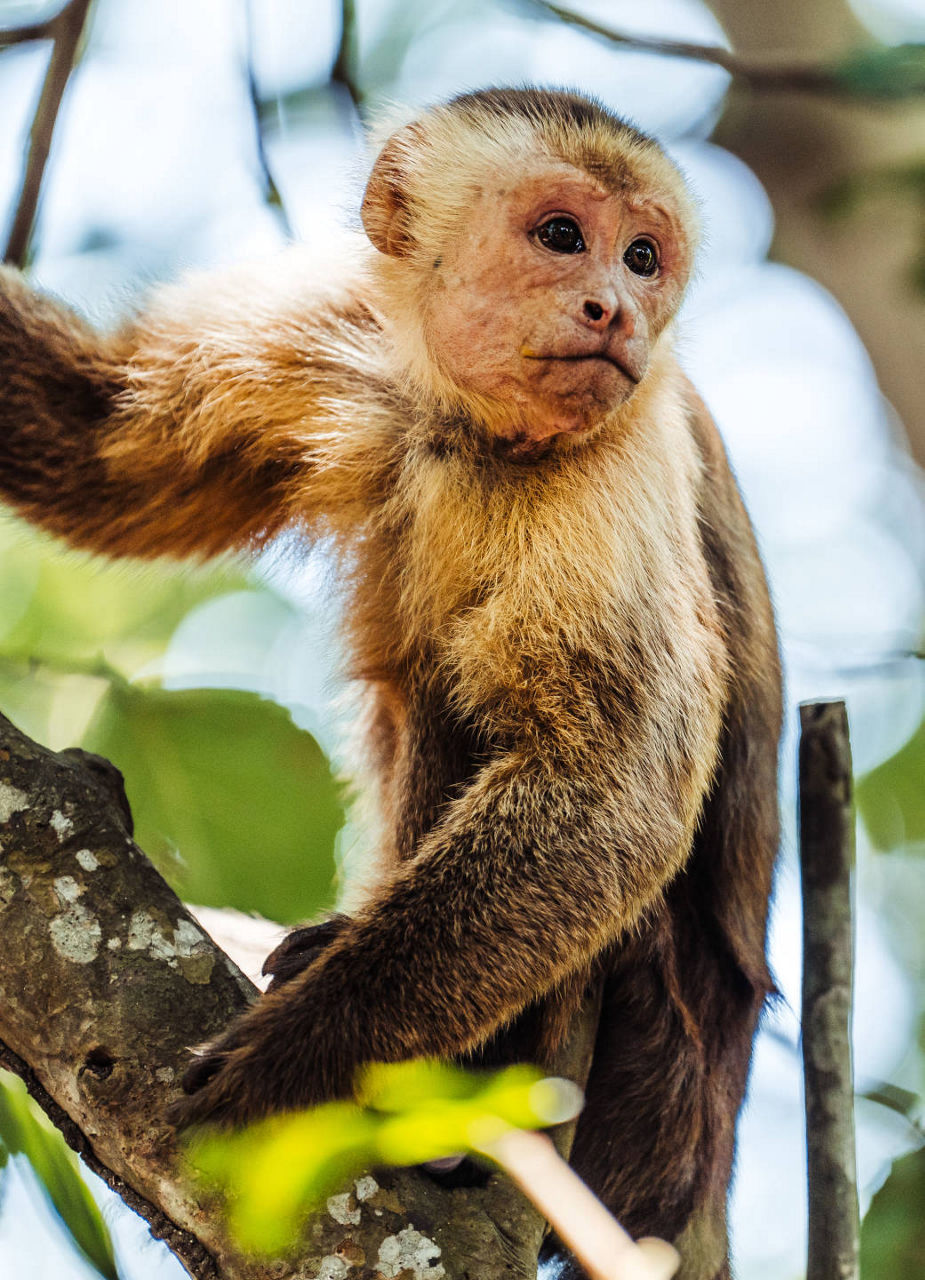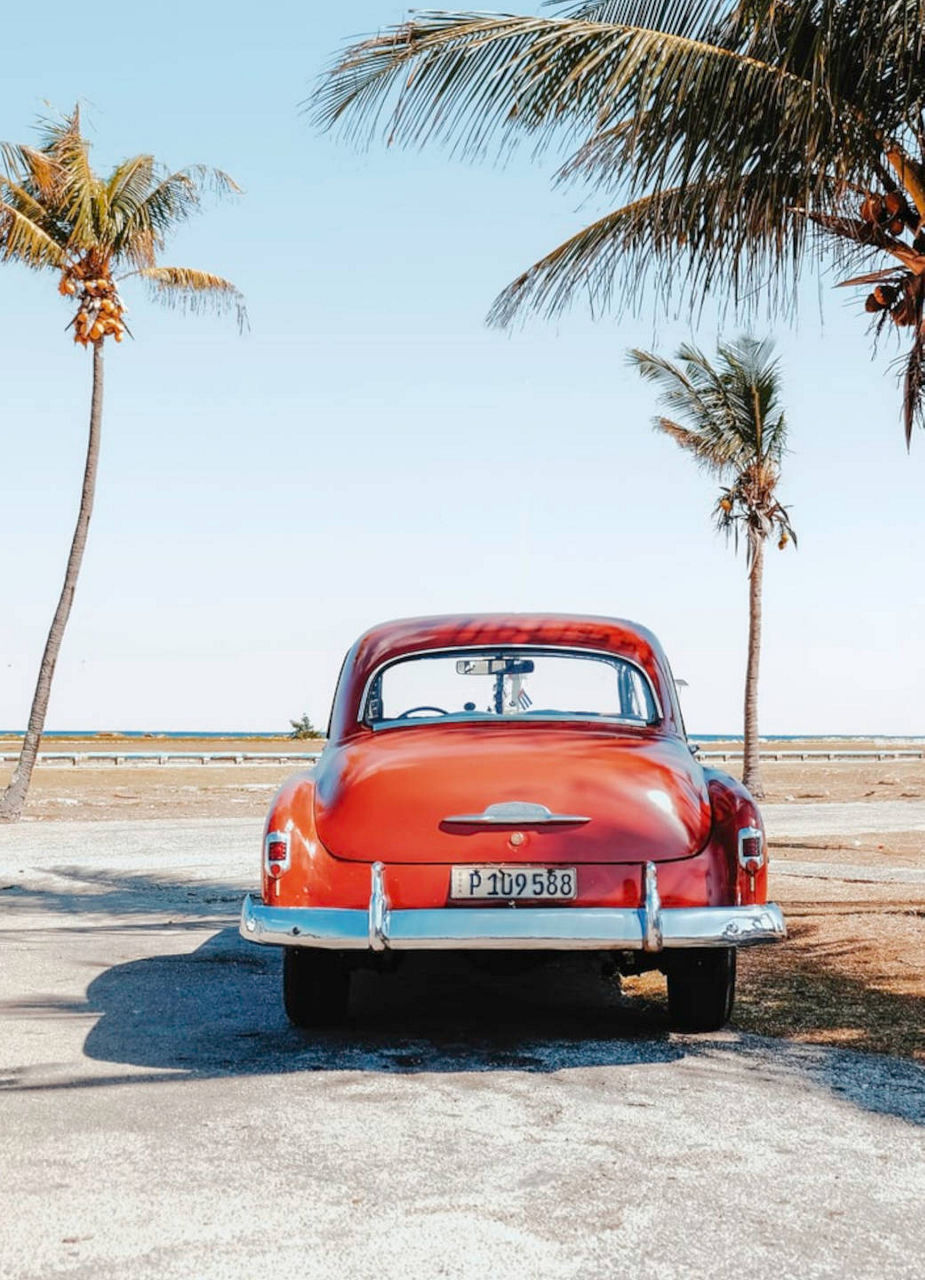
Coffee, art and white sand - Tips and highlights for an unforgettable trip to Colombia



Bizarre rocks, idyllic villages, dreamlike beaches, romantic dances and lots of coffee - on a tour across Colombia, variety is guaranteed.


Bogotá: megacity with rich cultural heritage
Almost eight million people live in the capital of Colombia, while the two next largest cities, Medellín and Cali, have a combined population of five million. Bogotá is also known as the "Athens of South America" because of the large number of universities, museums, libraries and monuments. In the "Museo del Oro", the most visited museum in Colombia, you can learn a lot about the history of the country. Here you can also marvel at the legendary "Gold Raft of Eldorado".


Stargazing in the Tatacoa Desert
On a round trip of Colombia, a number of detours are worth interrupting the usual route from Bogotá to the coffee zone. These include a visit to the Tatacoa Desert (about 300 kilometers southwest of the metropolis) with its bizarrely eroded rock formations. Botanically, it is actually a tropical dry forest in Huila province. From Neiva and the small community of Villavieja, buses go directly to the extraordinary natural site in the valley of the Río Magdalena. There are also two observatories in the Tatacoa Desert - a popular destination for people from all over the world during special astronomical events.


The coffee triangle and the fruits of the "Paisa"
The coffee zone in northwestern Colombia, about 400 kilometers north of Neiva, has many names: "Zona Cafetera," "Triángulo del Café," and "Eje Cafetero. They all name an area that stretches across several provinces and has been listed as a UNESCO World Heritage Site since 2011. The fertile green highlands between Bogotá, Medellín and Cali are among the most scenic regions of the country. Its inhabitants, known as "paisa," are closely associated with working on the coffee farms. One of the most popular Colombian national dishes also comes from this region: the "Bandeja Paisa".


Wax palms and colorful alleys
Colonial buildings, colorful house facades and narrow streets are typical of the charming communities of Salento and Filandia in the coffee-growing region. They are best reached via the two larger communities of Pereira and Armenia. The village square of Salento is not only the central meeting point for locals and tourists alike, but it is also where numerous jeeps are available around the clock to take travelers to the main attractions of the region. These include the "Valle de Cocora" with its gigantic wax palms and also well-known coffee farms such as the "Finca el Ocaso", which offers guided tours of the coffee plantation and tastings.


Medellín mundane
The "City of Eternal Spring," as Medellín (250 kilometers north of Filandia) is also known, is now not only one of the safest places in South America, but is also considered a hotspot for the start-up scene. The capital of the province of Antioquia has a large number of hip bars and restaurants, various shopping opportunities and sights. One of the highlights is the "Pueblita Paisa", a village on top of the hill Nutibara, which has been recreated according to historical models. Another is the ride on a modern cable car to the high Santo Domingo district. From here you have clearly the best view of Medellín.


Colonial architecture and the cradle of the Cumbia
When you think of the Colombian Caribbean coast, images of palm trees, white sandy beaches, fresh coconut juice and people dancing cumbia come to mind. And, of course, living cumbia legend Totó la Momposina, a celebrated singer with Afro-Colombian and indigenous roots. Her stage name is a declaration of love for her hometown of Mompós (600 kilometers north of Medellín). The tranquil island village in the Río Magdalena river delta is known for its goldsmithing and well-preserved colonial architecture. In 1995, the historic city center was placed on the UNESCO World Heritage List.


Santa Marta: playground on the Caribbean Coast
The city on the Caribbean Sea (about 300 kilometers north from Mompós) is not necessarily one of the most beautiful places in Colombia, but it is one of the most strategically located. The port city is the starting point for tours to the Tayrona National Park with its dreamlike beaches or for hikes to the famous "Ciudad Perdida". This "lost" city is considered an important testimony of the highly developed Tairona culture before the Spanish conquest in the 15th century. Santa Marta is also an ideal starting point for day trips or even longer breaks to the tranquil fishing villages of Taganga and Palomino. Those who feel sufficiently refreshed drive a good 200 kilometers southwest to Cartagena, the natural end point of our Colombia tour.

This holiday tip was presented to you by our cooperation partner:
Header - Photo by Angel on Adobe Stock
Paragraph 1 - Photo by JorgeIvan on Adobe Stock
Paragraph 1 - Photo by ramoncin1978 on Adobe Stock
Paragraph 2 - Photo by Andres Mogollon on Adobe Stock
Paragraph 2 - Photo by OSTILL is Franck Camhion Shutterstock
Paragraph 3 - Photo by Explorelixir on Shutterstock
Paragraph 3 - Photo by Alejo Bernal on Shutterstock
Paragraph 4 - Photo by Tiago Fernandez on Adobe Stock
Paragraph 4 - Photo by Matyas Rehak on Adobe Stock
Paragraph 5 - Photo by Mark Pitt Images on Shutterstock
Paragraph 5 - Photo by Anamaria Mejia Shutterstock
Paragraph 6 - Photo by sunsinger on Shutterstock
Paragraph 6 - Photo by alexander on Adobe Stock
Paragraph 7 - Photo by WILLIAM RG on Shutterstock
Paragraph 7 - Photo by Brester Irina Shutterstock
Paragraph 8 - Photo by Ekaterina McClaud on Shutterstock
Paragraph 8 - Photo by Leonardo Alpuin on Shutterstock

